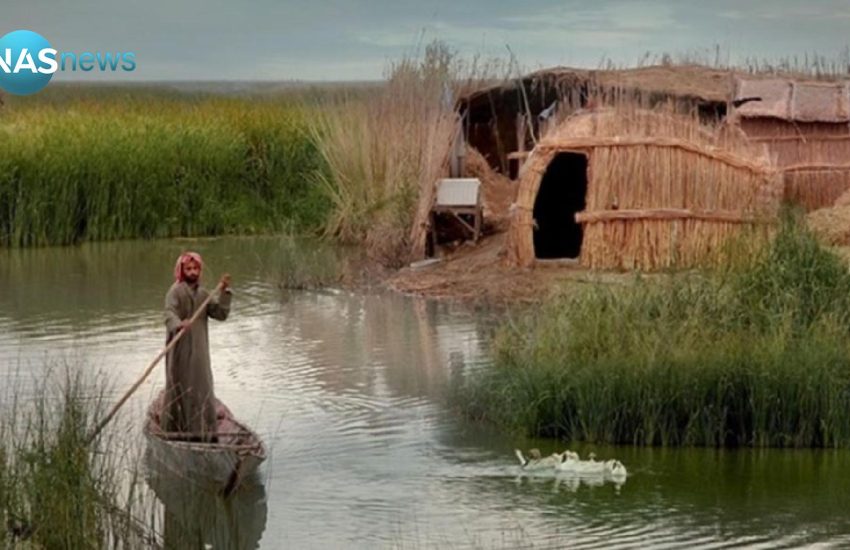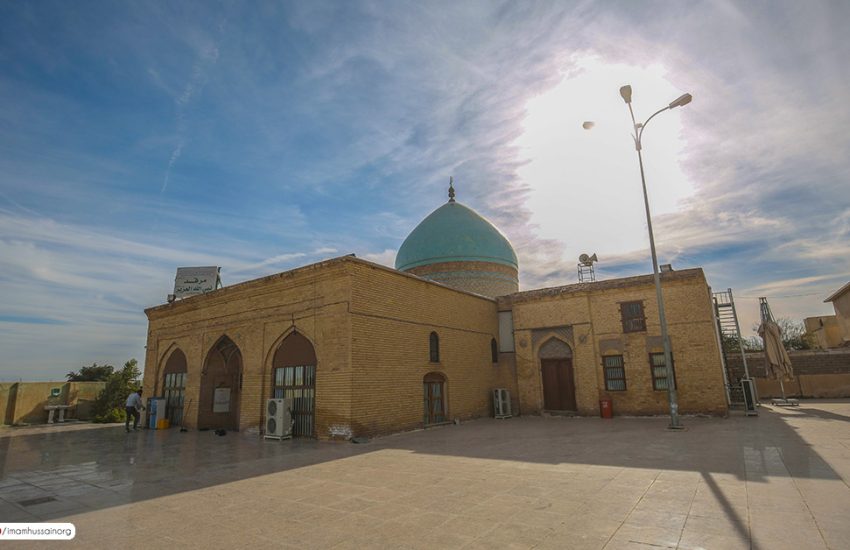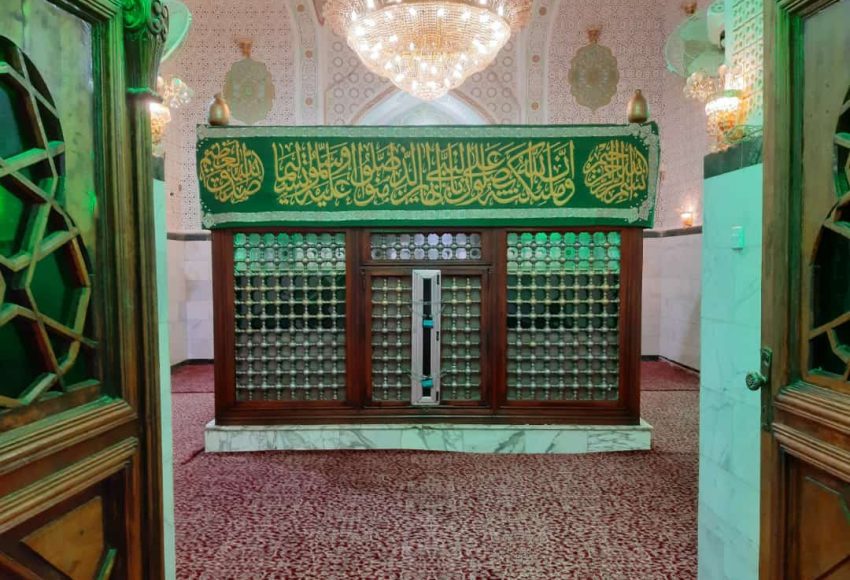Discovering Maysan - Iraq’s Fertile Marshland and Historic Landmarks
Maysan in Aramaic means (the water of the swamps) (Mi Asin) and it was transmitted in its history that it was a large city with many villages and palms and was an example of land fertility. It was also known as (Al-Amarah) and it is located in the eastern part of Iraq on the Iranian border, 375 km away from Baghdad, and is famous for the presence of marshes that constitute more than 60% of its area.
Among the most prominent landmarks in this city are:
Al-Hawizeh Marsh - A Unique Ecosystem and Traditional Lifestyle
Al-Hawizeh Marshes are located in Maysan Governorate, east of the Tigris River, covering an area of 1,377 km² with a length of 80 km and width of 30 km. The marsh benefits from diverse water sources, including seasonal torrents and branches of the Tigris, as well as the Karkhah River flowing from Iran, creating a rich ecosystem.
Unlike other marshes, Al-Hawizeh is not densely populated, with settlements located in nearby villages away from the marsh’s borders. The local economy relies on buffalo farming and fishing, while traditional reed house and shed construction is common. Transportation within the marsh is primarily by handmade wooden boats used for fishing, shopping, and transporting reeds.


Uzair Shrine - The Burial Place of Prophet Uzair in Southern Iraq
The Uzair Shrine is situated in the Maysan governorate, which lies in the southern region of Iraq. Specifically, it is located in the direction of Uzair, a town that rests on the western bank of the Tigris River. The local residents firmly believe that this is the sacred site where the Prophet Uzair, a revered figure among the Israelites, was buried.
As a result, the area surrounding the tomb has been named the “Uzair area,” making it a significant cultural and religious landmark in the region. The shrine holds deep spiritual importance for many and draws visitors who come to pay their respects and reflect on its historical and religious significance.
Sayyid Ahmed Al-Rifai Shrine - A Historical and Spiritual Landmark
This shrine is located in the province of Maysan, and the city of Al-Rifai has been attributed to the burial of the shrine of Sayyid Ahmad Al-Rifai, who is Abu Al-Abbas Ahmed bin Ali bin Ahmed, known as Sheikh Al-Rifai, a righteous man, a venerable sheikh, a scholar and jurist, and his lineage traced back to the Commander of the Faithful, Ali bin Abi Talib.
Nasser Pasha Al-Saadoun, the head of Al-Muntafiq, is considered the first to reconstruct the dome of this shrine in the year 1868 AD. Then the Ottoman Sultan Abdul Hamid paid for the reconstruction of the fortress and the construction of the Minaret in 1889 AD. Ever since, repairs and restorations took place in various stages of time.

Key Information for Traveling to Maysan with World Gate
City offers a rich cultural and historical experience, including sites like the ancient ruins of Ur, the Euphrates River, and the vibrant local markets. Visitors can also explore the Maysan Marshes, a UNESCO World Heritage site.
Safety in Maysan varies, and it’s important to check the latest travel advisories. World Gate ensures a safe travel experience with experienced local guides and customized itineraries for your peace of mind.
Our travel packages to city typically include accommodations, guided tours, transportation, meals, and local experiences. Some packages may also include visa assistance and airport transfers.
Most travelers require a visa to visit Iraq, including Maysan. World Gate assists with the visa application process, ensuring that your travel documentation is in order for a smooth experience.
The best time to visit this city is between October and April when temperatures are cooler. The summer months can be extremely hot, reaching over 40°C (104°F).
Maysan is a conservative region, so modest clothing is recommended. Women should wear long skirts or pants and cover their arms. A headscarf may be necessary when visiting religious sites. Men should avoid wearing shorts in public.
While independent travel is possible, booking through World Gate ensures a safer, more organized experience. Our guided tours offer access to local knowledge and cultural insights that enhance your visit to city.
Arabic is the primary language spoken in Maysan, and Kurdish is spoken in some regions. English may be understood in some tourist areas, but it’s always helpful to have a local guide who speaks Arabic.
The official currency in Maysan is the Iraqi Dinar (IQD). While some hotels and businesses may accept credit cards, cash is the preferred payment method. World Gate can assist with currency exchange if needed.
Iraq is a country with deep cultural and religious traditions. When visiting Maysan, respect for local customs is essential. Be mindful of prayer times, dress modestly, avoid public displays of affection, and always ask for permission before taking photos, especially in religious sites.
